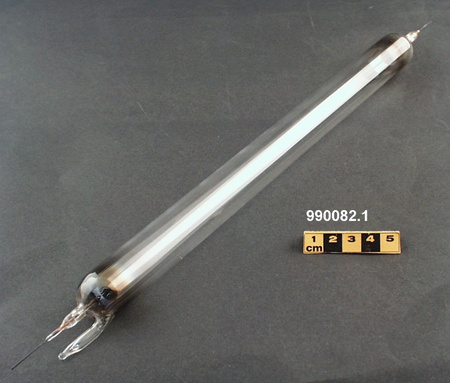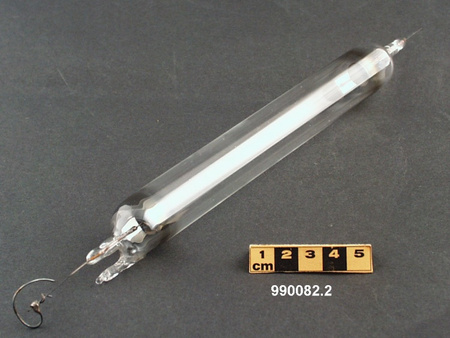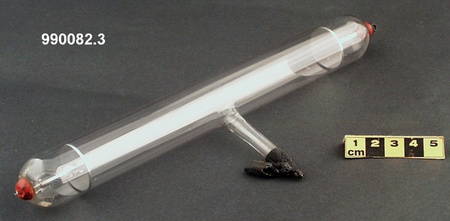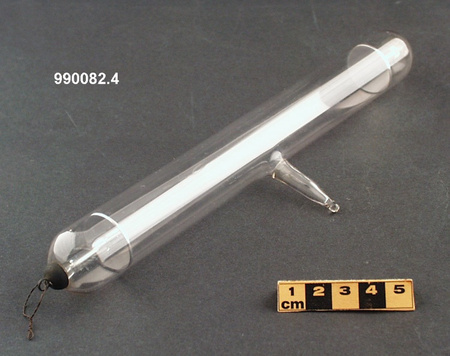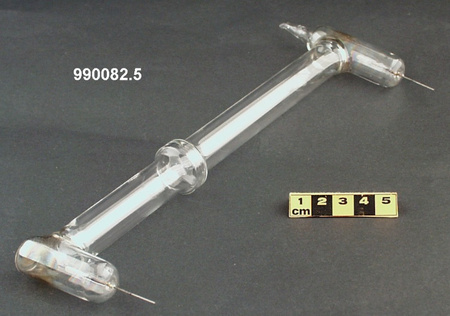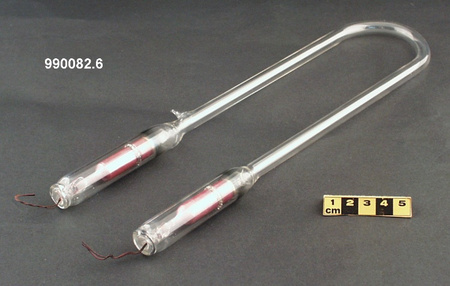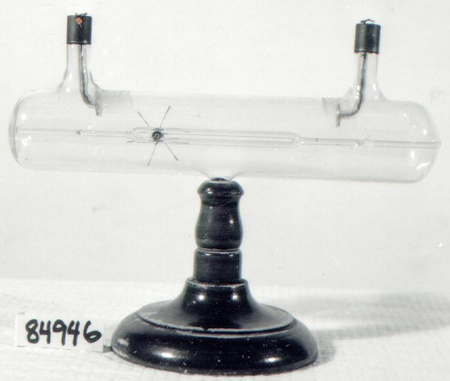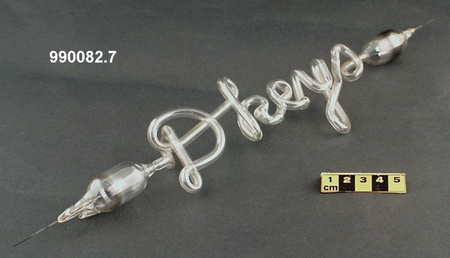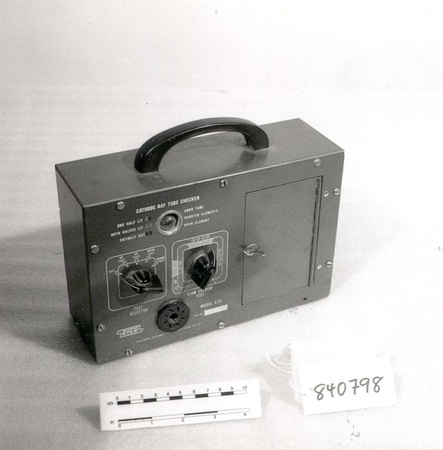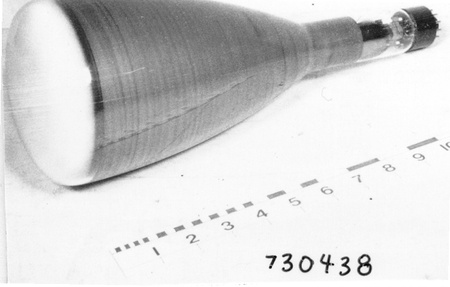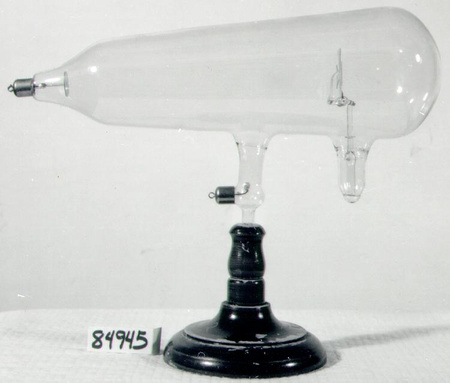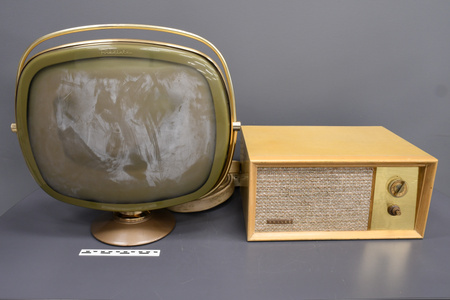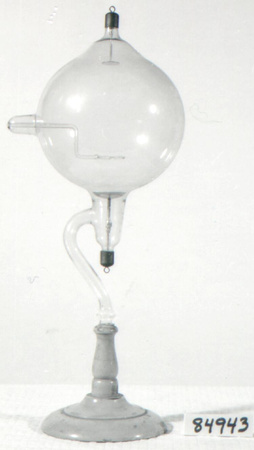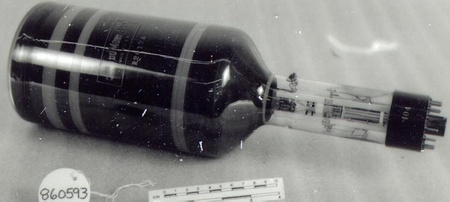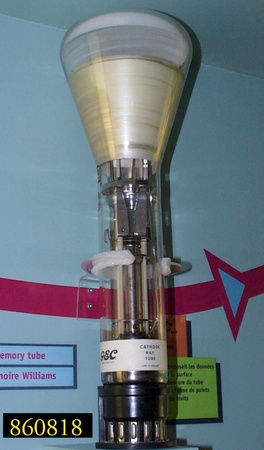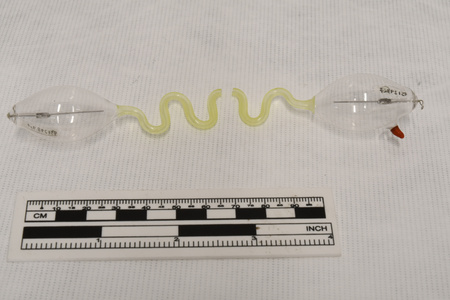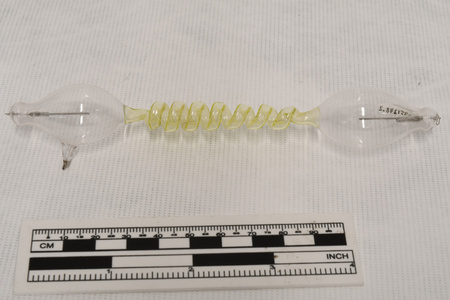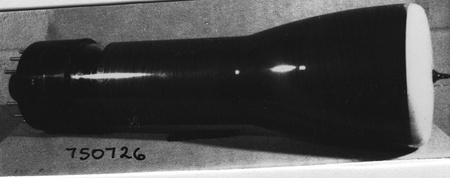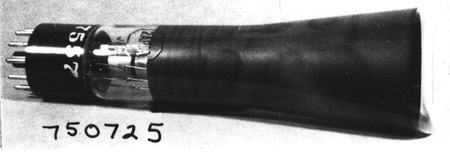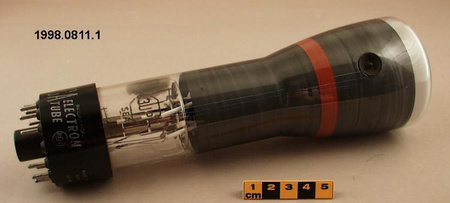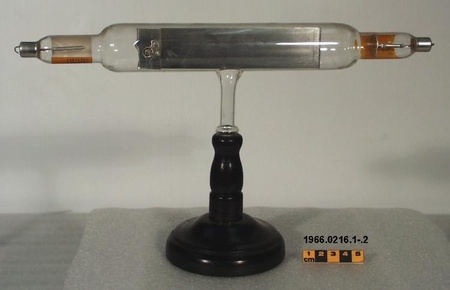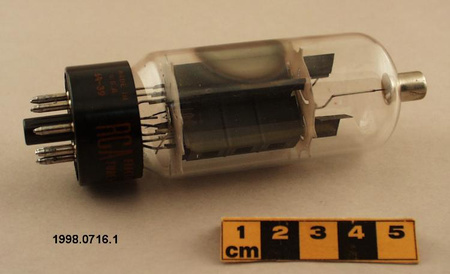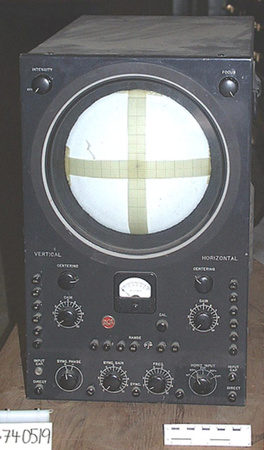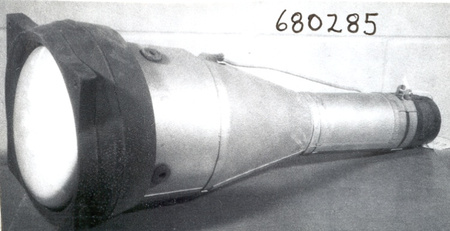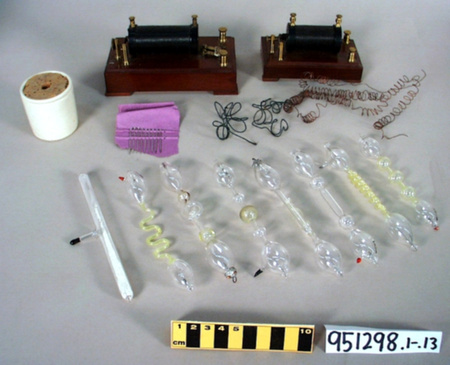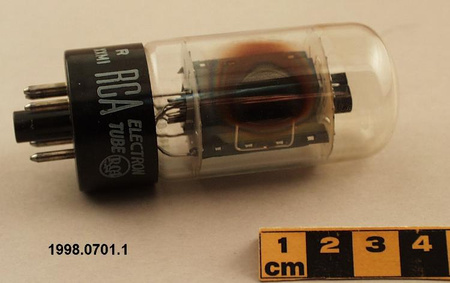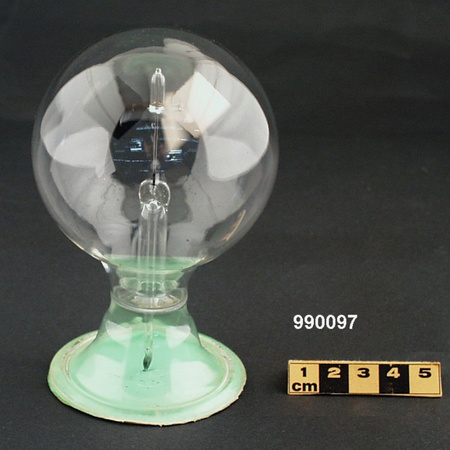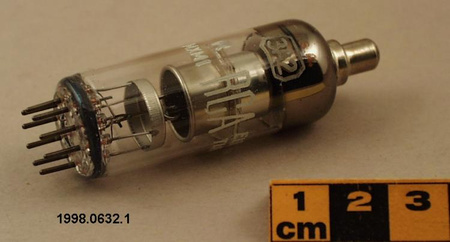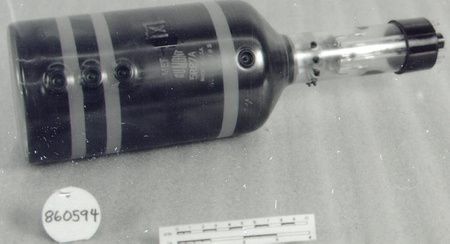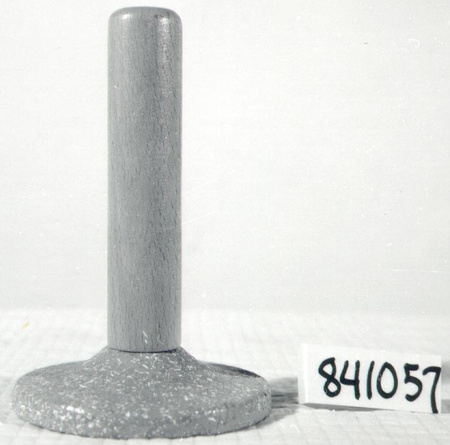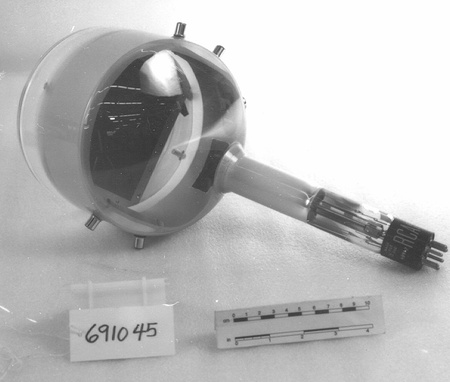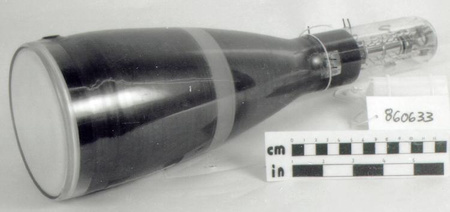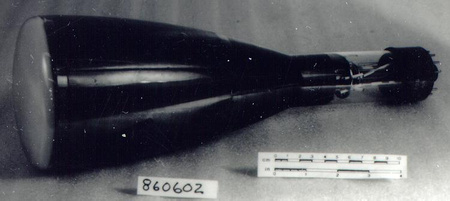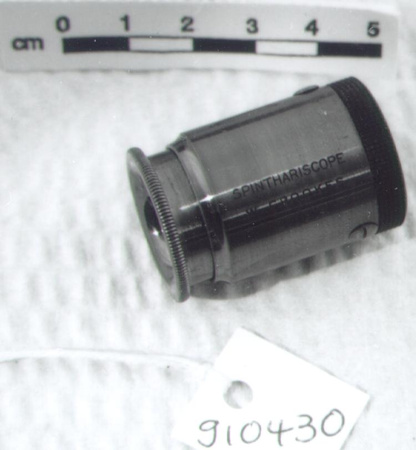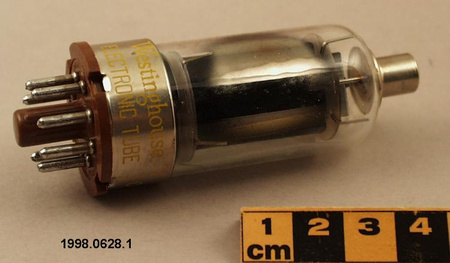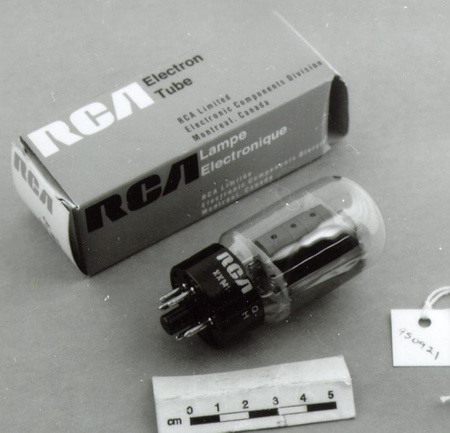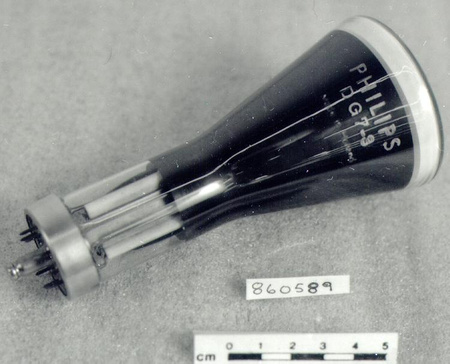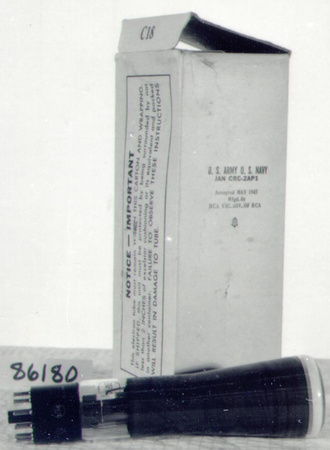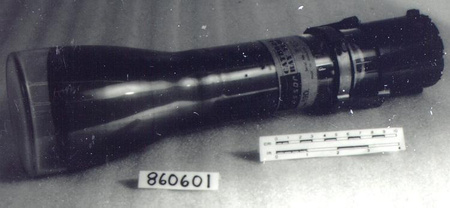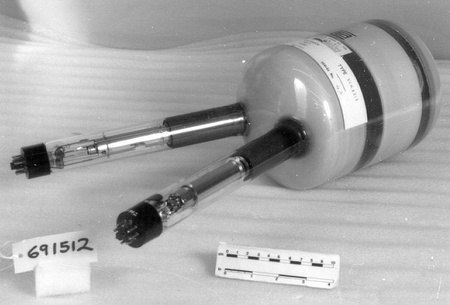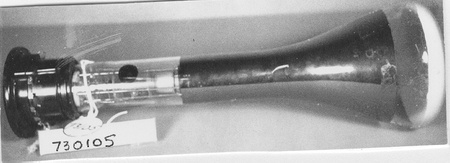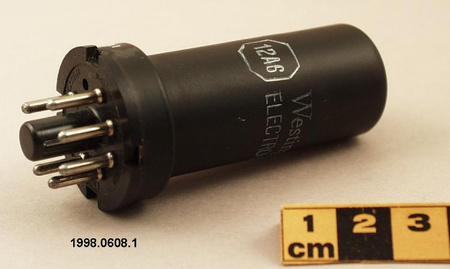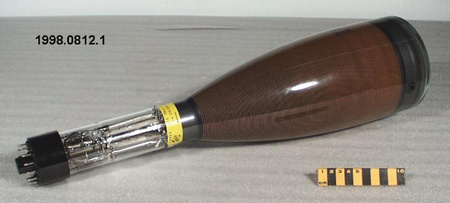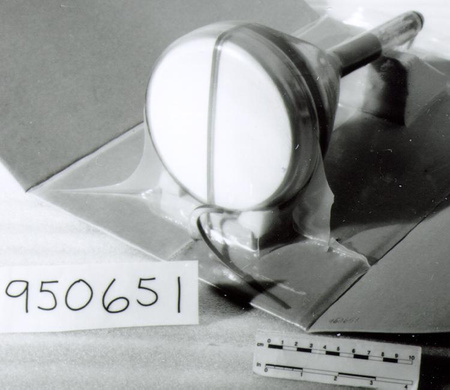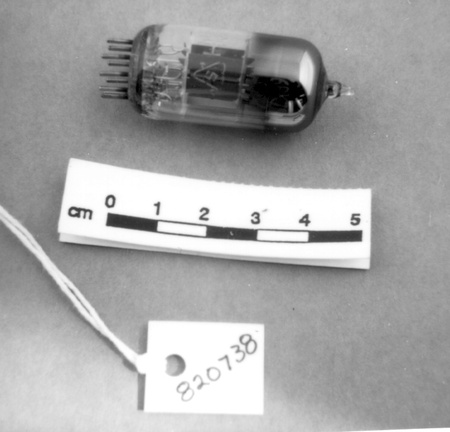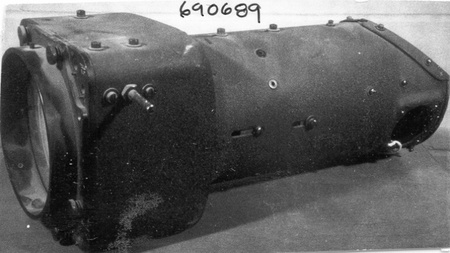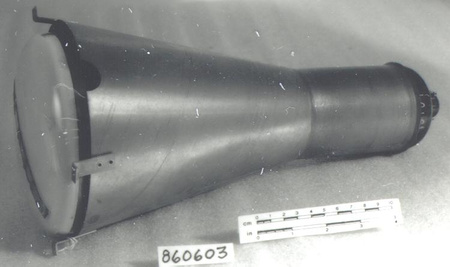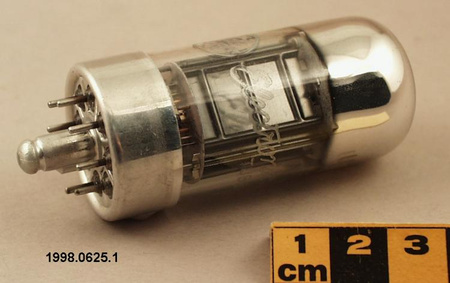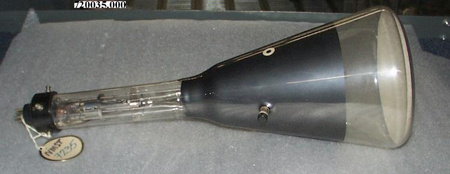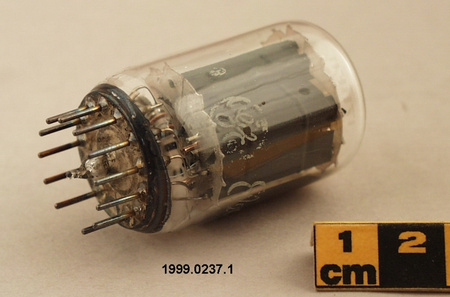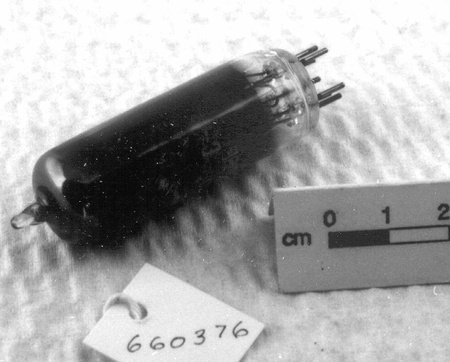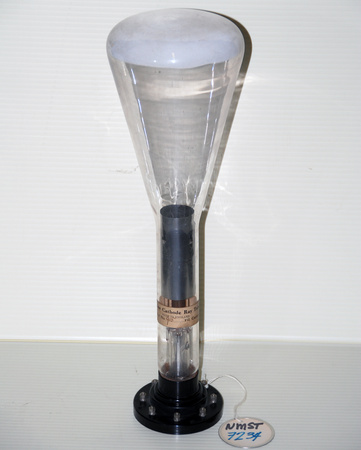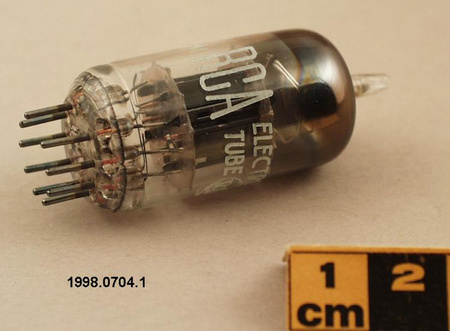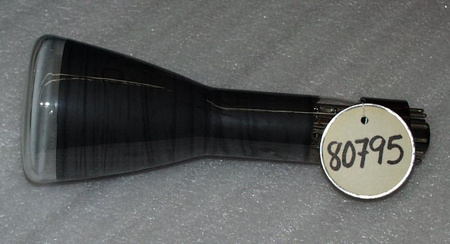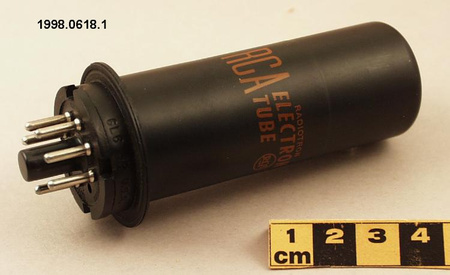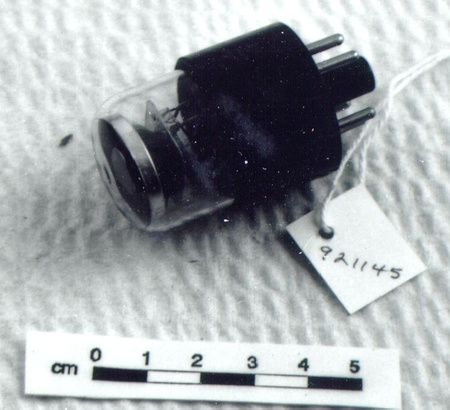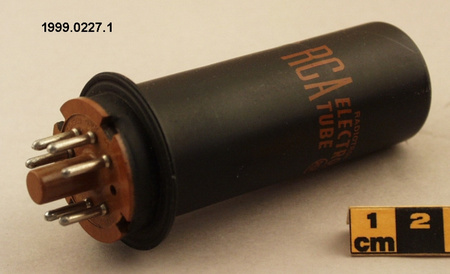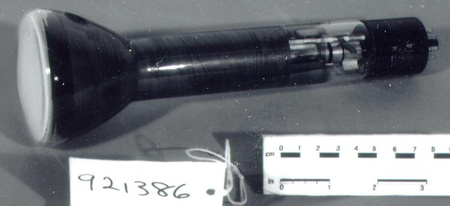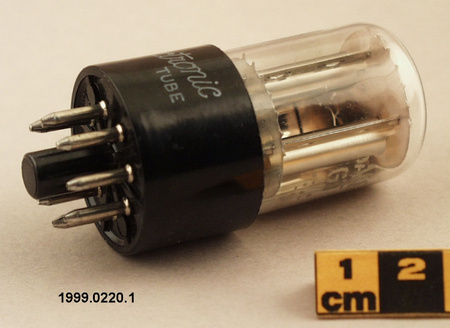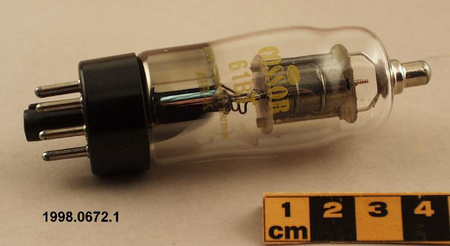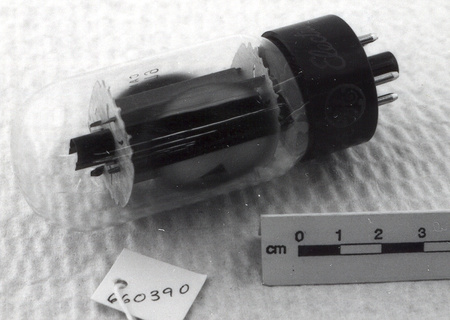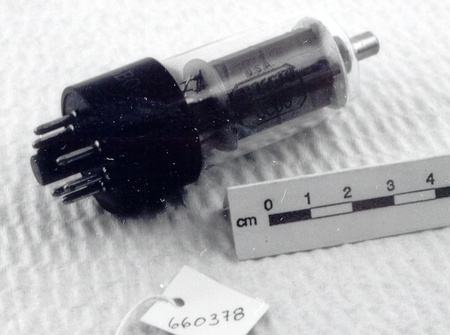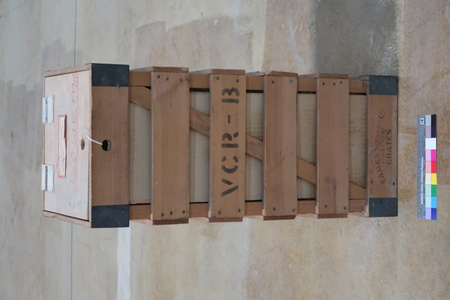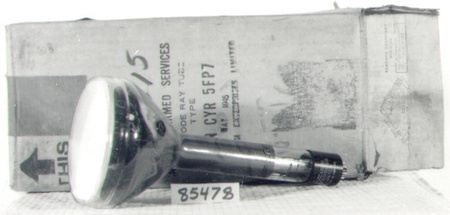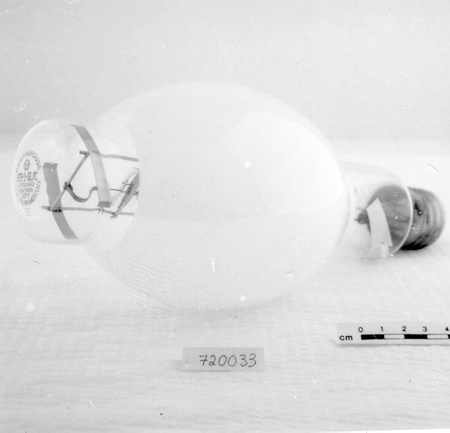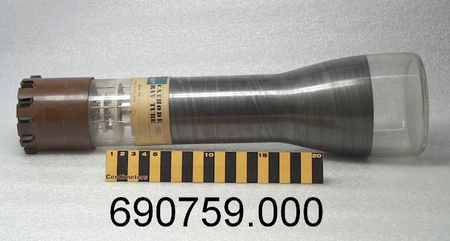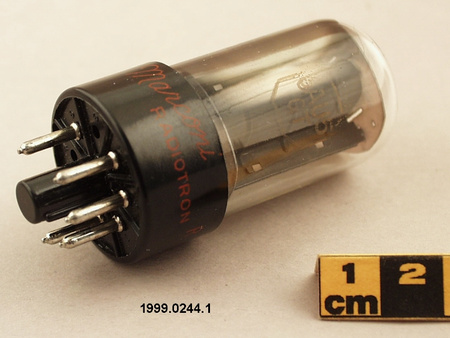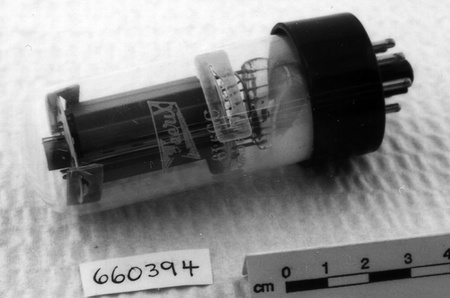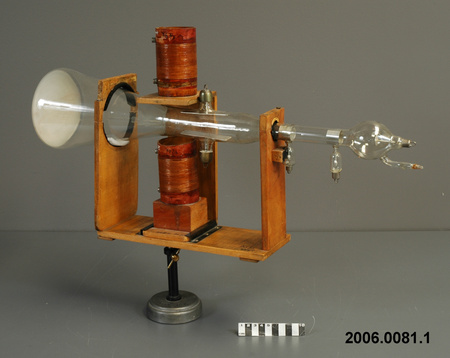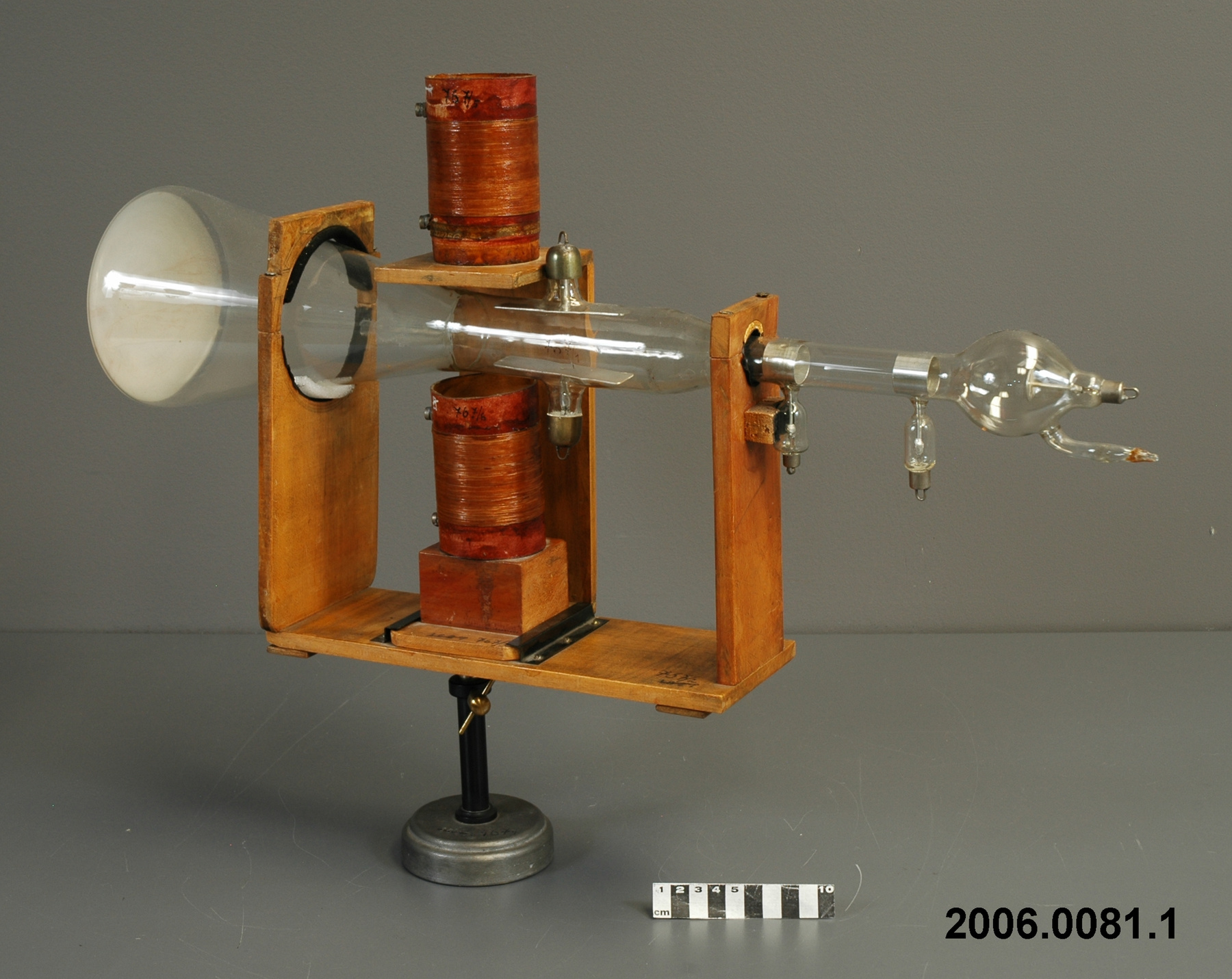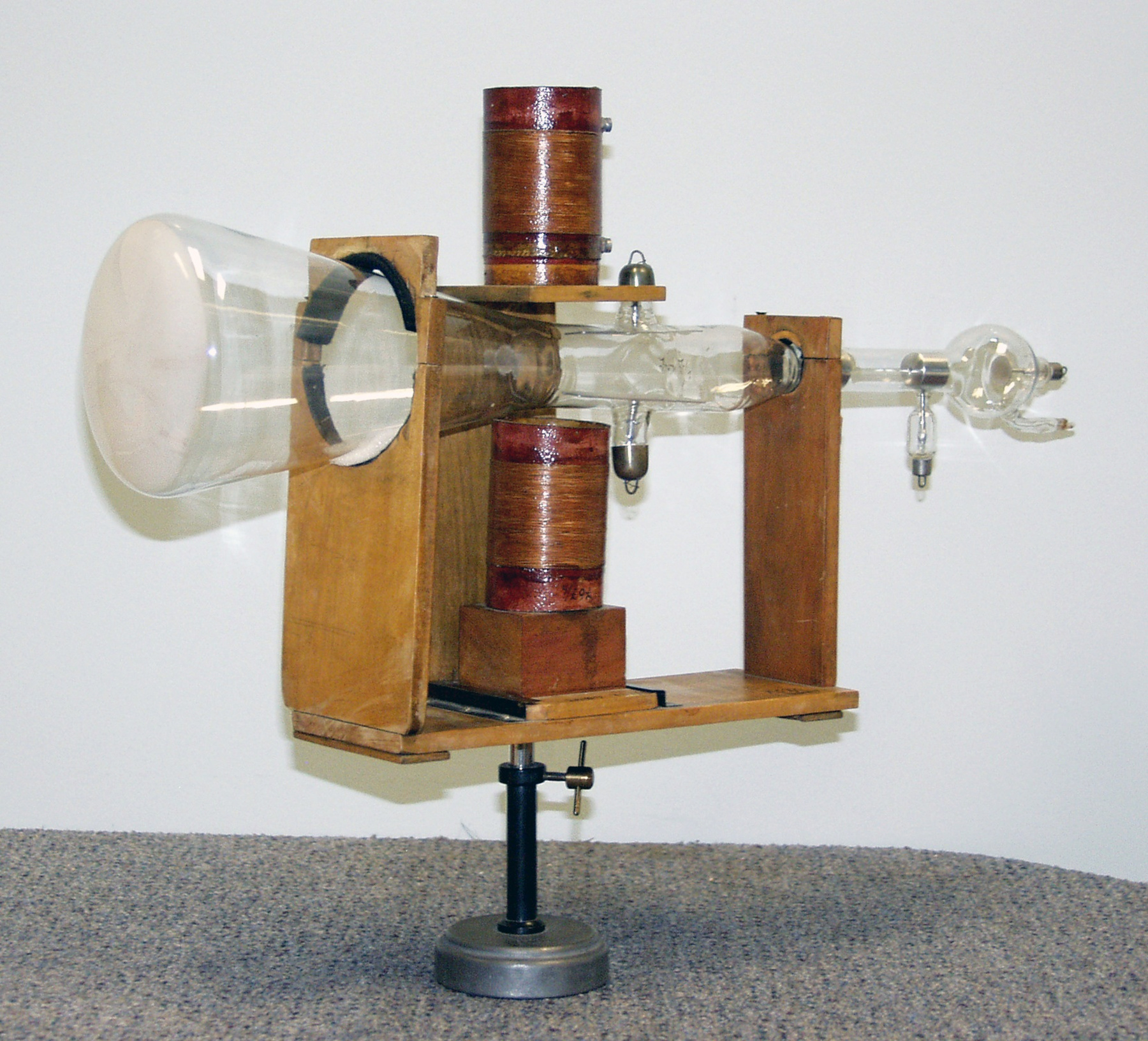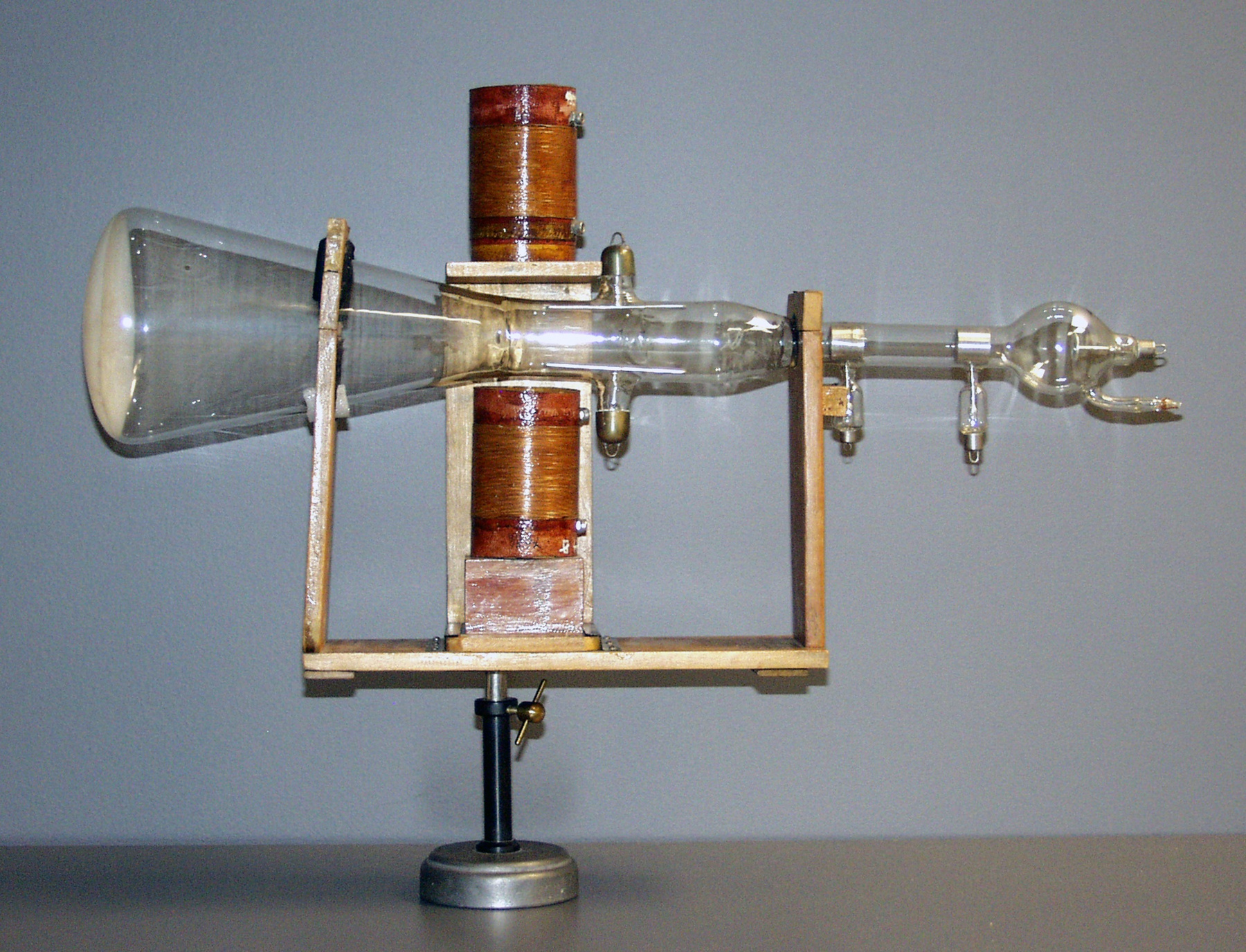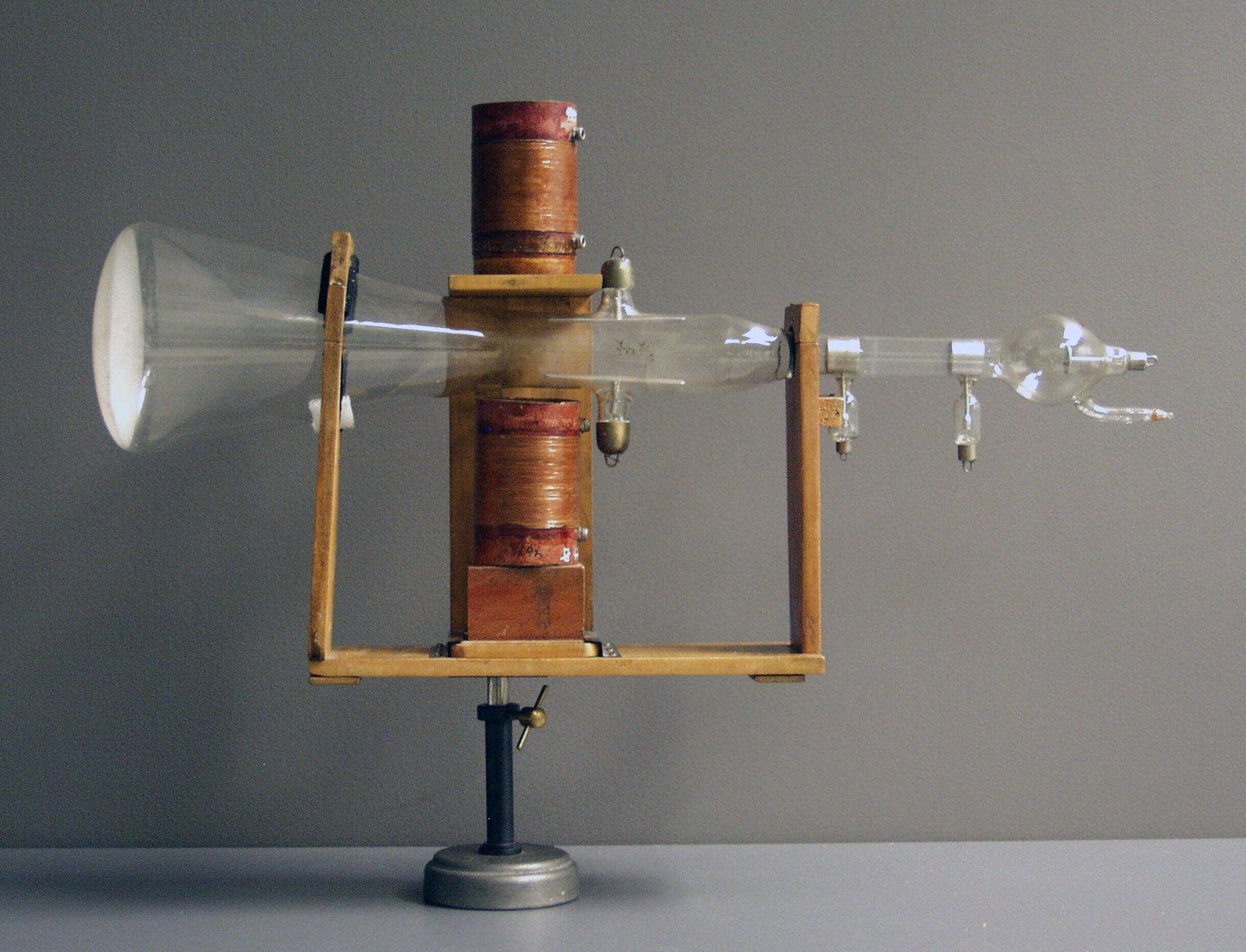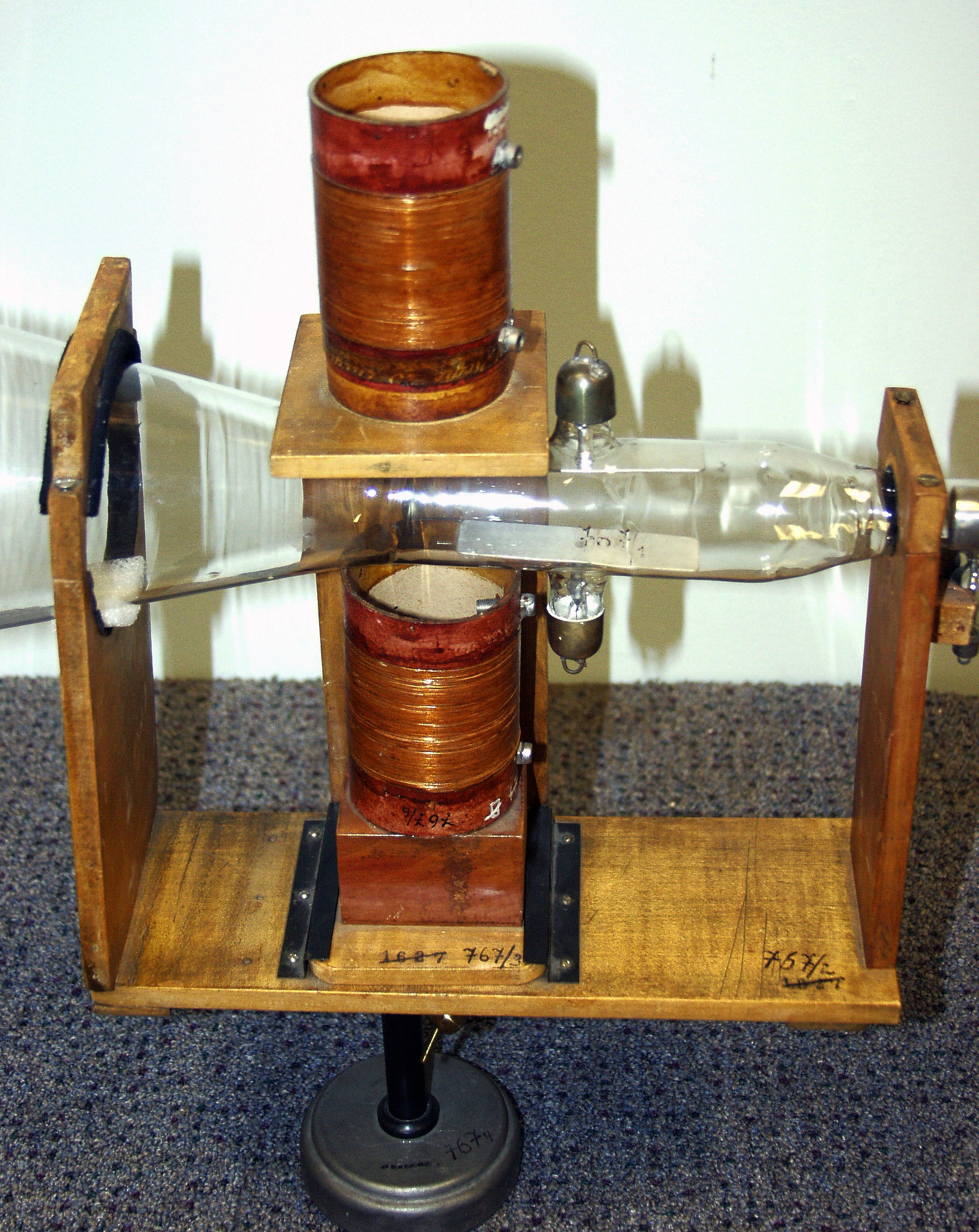Tube, Braun
Use this image
Can I reuse this image without permission? Yes
Object images on the Ingenium Collection’s portal have the following Creative Commons license:
Copyright Ingenium / CC BY-NC-ND (Attribution-NonCommercial 4.0 International (CC BY-NC 4.0)
ATTRIBUTE THIS IMAGE
Ingenium,
2006.0081.001
Permalink:
Ingenium is releasing this image under the Creative Commons licensing framework, and encourages downloading and reuse for non-commercial purposes. Please acknowledge Ingenium and cite the artifact number.
DOWNLOAD IMAGEPURCHASE THIS IMAGE
This image is free for non-commercial use.
For commercial use, please consult our Reproduction Fees and contact us to purchase the image.
- OBJECT TYPE
- vacuum
- DATE
- 1910
- ARTIFACT NUMBER
- 2006.0081.001
- MANUFACTURER
- Unknown
- MODEL
- Unknown
- LOCATION
- Europe
More Information
General Information
- Serial #
- N/A
- Part Number
- 1
- Total Parts
- 1
- AKA
- Braun tube
- Patents
- N/A
- General Description
- Glass tube with metal parts/ Wood stand with rubber padding/ Cast iron stand/ Non-ferrous metal parts/ Copper wire coils on cardboard tubes
Dimensions
Note: These reflect the general size for storage and are not necessarily representative of the object's true dimensions.
- Length
- 63.0 cm
- Width
- 13.0 cm
- Height
- 45.6 cm
- Thickness
- N/A
- Weight
- N/A
- Diameter
- N/A
- Volume
- N/A
Lexicon
- Group
- Communications
- Category
- Television
- Sub-Category
- N/A
Manufacturer
- AKA
- Unknown
- Country
- Europe
- State/Province
- Unknown
- City
- Unknown
Context
- Country
- Europe
- State/Province
- Unknown
- Period
- circa 1910+
- Canada
-
This Braun tube does not have any direct connection with Canada. It appears to be a piece of apparatus used in a school setting for demonstration purposes. - Function
-
An early cathode ray tube which appears to havebeen used in an academic setting for demonstration purposes. - Technical
-
This is a very early example of a cathode ray tube, the essential component in television cameras and receivers for most of the 20th century. Instead of the electro-mechanical process pursued in the 19th and early 20th centuries, television in the 1920s and 1930s developed along a fully electronic path, building on the cathode ray tube. As early as 1878, Sir William Crookes (Britain) had built a long glass vacuum tube with a cathode at one end and anode at the other and used it to study 'cathode rays', beams of a particles (later called electrons) emitted by the heated cathode. The Crookes tube was used and modified by other physicists, particularly Sir J.J. Thomson, to explore the properties of these particles. In 1897, Karl Ferdinand Braun (Germany) found a way to focus and deflect these electron beams and to observe their path. The Braun tube was essentially a modified Crookes tube that used magnetic fields to direct the beam across the face of the tube, which had been coated with a fluorescent screen that lit up when struck by electrons. The Braun tube, or cathode ray tube(CRT), was the genesis of both the oscilloscope and the television picture tube. In 1907, Boris Rosing (Russia) proposing using the Braun tube for displaying an image that had been scanned and converted to an electronic signal. Patented in Britain in 1908 and 1911, Rosing's system assumed a mechanical scanning system at the transmission end. But in 1911 A.A. Campbell-Swinton (Britain) described a fully electronic television system based on CRTs for both transmission and reception. Soon after, the perfection of the vacuum tube triode provided the first means of amplifying the weak electrical signals of early experimental scanning devices. The essential elements for television were in place. Through the 1920s and 1930s researchers in the U.S. and Europe successfully developed a fully electronic television system based on the cathode ray tube. Only at the end of the 20th century did it begin to be supplanted by advance, semi-conductor based devices like the charge-coupled device (CCD) and the liquid crystal display (LCD). - Area Notes
-
Unknown
Details
- Markings
- Black hand printed lettring on parts reads on tube '767/1'; wood stand '767/2'; coil holder '767/3'; base '767/4'; coils '767/5' and '767/6'/ Hand written lettering on one coil is illegible because the top half is missing.
- Missing
- Unknown
- Finish
- Colourless transparent glass tube with white wide end, metallic parts/ Medium brown coated wood stand with black rubber padding/ Unfinshed grey base/ Black painted metal parts/ Copper coloured wire coils, brown cardboard tubes with bown coating
- Decoration
- N/A
CITE THIS OBJECT
If you choose to share our information about this collection object, please cite:
Unknown Manufacturer, Tube, Braun, circa 1910, Artifact no. 2006.0081, Ingenium – Canada’s Museums of Science and Innovation, http://collection.ingenium.ca/en/id/2006.0081.001/
FEEDBACK
Submit a question or comment about this artifact.
More Like This
